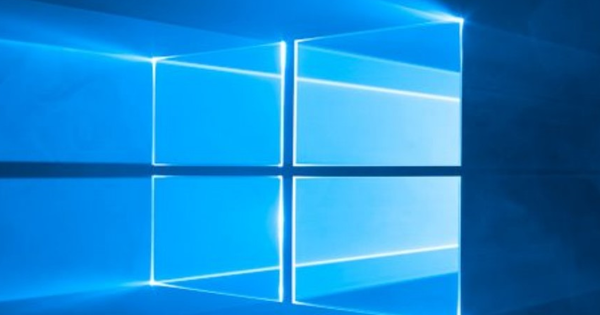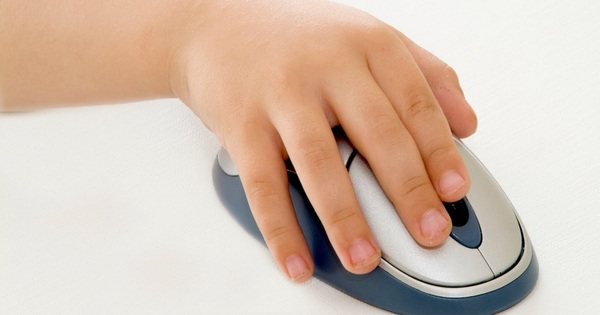Dropbox has faced quite a few security issues over the years. While the cloud storage service has done a lot to improve its security, there is still a lot you can do to improve the security of your files. Here are some ways to get started.
Also read: In 3 steps: Extra security for your Dropbox with Sookasa.
Use two-step verification
Thanks to increasingly ambitious hackers and users' tendency to rely on laughably weak passwords, single-factor authentication has become something of a joke. (Bonus tip: Get the last laugh by using a password manager on your computer or as a mobile app.) That's why most major services, including Dropbox, have implemented two-step verification. This system requires you to enter both your password and a security code that will be sent to your mobile phone. It's the easiest way to improve your account security.
To enable two-step verification, log in to your Dropbox account, click your username in the top right corner, and Settings select from the drop-down menu. Click on the tab Security and click Enable below Two-step verification. Follow the prompts to set up this feature.
Unplug your old devices
A big part of Dropbox's power lies in its ability to use it on multiple devices. But with many people upgrading their smartphones, tablets, and computers every few years, chances are you still have some old devices linked to your Dropbox account. That poses a security risk.
To unpair devices that you no longer use or own, follow the steps above to go to the tab Security and scroll down to Devices. Here you will see a list of devices that currently have access to your Dropbox account, along with the date they were last active with Dropbox. To unpair a device, press the X click on the far right of the device name.
Control app access
Numerous third-party apps have Dropbox integration to extend its capabilities, most of which require full access to your account. An app retains its access even when you no longer use the app. If the app developer stops support or otherwise compromises the app, this will allow hackers to easily gain access to your account. To prevent this from happening, keep apps you don't use regularly from accessing your Dropbox account.
Go back to the tab Security and scroll down to the section Apps linked. Here you'll see a list of all the apps you've allowed to access your Dropbox account, along with the level of access. To remove an app from the list, click the X click on the far right of the app's name.
Keep an eye on web sessions
In addition to devices and apps, Dropbox also tracks which web browsers are logged into your account. This is an easy way to check for unauthorized activity.
Go to the tab Security and scroll down to Sessions. This is a list of all browsers currently logged into your account, along with the country of origin and the time when the activity occurred. If you see something you don't recognize, you know your account has been compromised. It's also a good idea to delete some old activity every now and then - click the X to the far right of the activities you want to remove.
Encrypt your files
While these measures will minimize the holes in your Dropbox security, they cannot secure your data if someone does manage to break into your account. In that case, encryption remains the best protection for your files.
Dropbox encrypts your files during upload, download and at rest, but you can add an extra layer of protection with a third-party solution like Boxcryptor. This service encrypts your files before you upload them and places them in a special Boxcryptor folder within your Dropbox. Boxcryptor offers free, Personal ($48 per year) and Business ($96 per year) licenses, as well as a number of mobile apps so you can access your encrypted files on the go. It's also zero-knowledge software - Boxcryptor doesn't have access to your encryption keys or passwords, so the security of your data remains in your hands, where it belongs.

